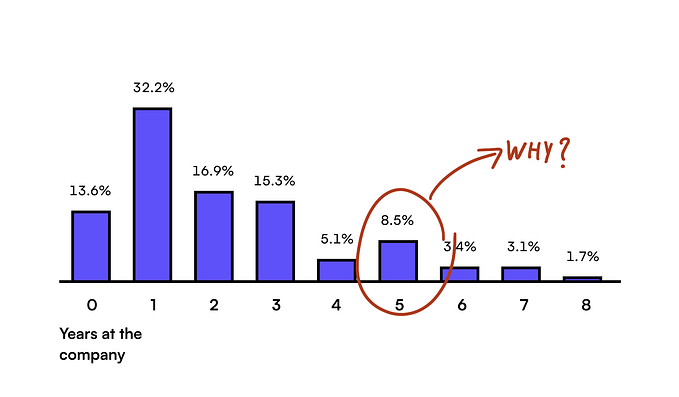Member-only story
Should designers code? Maybe. Should designers write? Yes. Should designers know how to sell? Absolutely.
From the question everyone is asking themselves to some other soft skills that, based on my experience, would need to be improved by any good designer, here is my stance on the question.

As a designer, you’re in charge of solving daily life problems, and through the analysis of people’s behaviour, you must know how to propose a solution accordingly. However, there’s a lot more than that involved in problem-solving, it is not just sitting in front of your computer and coming up with a fancy prototype to showcase your solution.
There are a lot of factors that define a designer. It is not only about the fact that they can problem-solve, design and builds the proposed solution, but they must also know how to communicate and argue that their solution is the right one to solve that problem. That’s why it’s equally important for a designer to be able to share their thoughts on their work, make sure people understand the problem and how the proposed solution addresses the latter relevantly.
Jack of all trades and master of none, a designer who has knowledge in different areas can certainly apply it in product designing and this comes as an advantage when working across projects and teams, for it enables to find a better end solution.
On this post, I will go through some of the soft skills that I’ve been acquiring over the years. It’s important to note that they are not mandatory, but they have helped me obtain a better understanding of the development of projects and on how to deliver better digital products.
A designer should be curious, willing to learn and expand his knowledge in all fields that might or might not be used on his daily work. Getting experience through tasks that are not restricted to their area of expertise can help to build better solutions and becoming an end-to-end designer with a valuable amount of knowledge of the whole process of designing.







